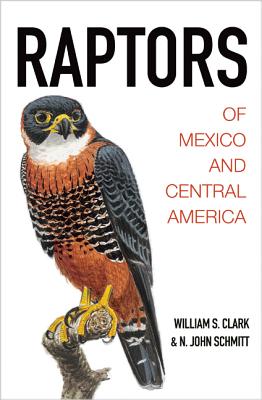
Raptors of Mexico and Central America
Description
The essential field guide to the raptors of Mexico and Central America
Raptors are among the most challenging birds to identify in the field due to their bewildering variability of plumage, flight silhouettes, and behavior. Raptors of Mexico and Central America is the first illustrated guide to the region's 69 species of raptors, including vagrants. It features 32 stunning color plates and 213 color photos, and a distribution map for each regularly occurring species. Detailed species accounts describe key identification features, age-related plumages, status and distribution, subspecies, molt, habitats, behaviors, potential confusion species, and more.
Raptors of Mexico and Central America is the essential field guide to this difficult bird group and the ideal travel companion for anyone visiting this region of the world.
- Covers all 69 species of raptors found in Mexico and Central America
- Features 32 color plates and hundreds of color photos
- Provides multiple illustrations of each species
- Depicts and describes variations in plumage by individual, morph, age, and region
- Describes behavior, food preferences, hunting strategies, vocalizations, and molt
- Covers rare and extralimital species
- Includes distribution maps and flight silhouettes
